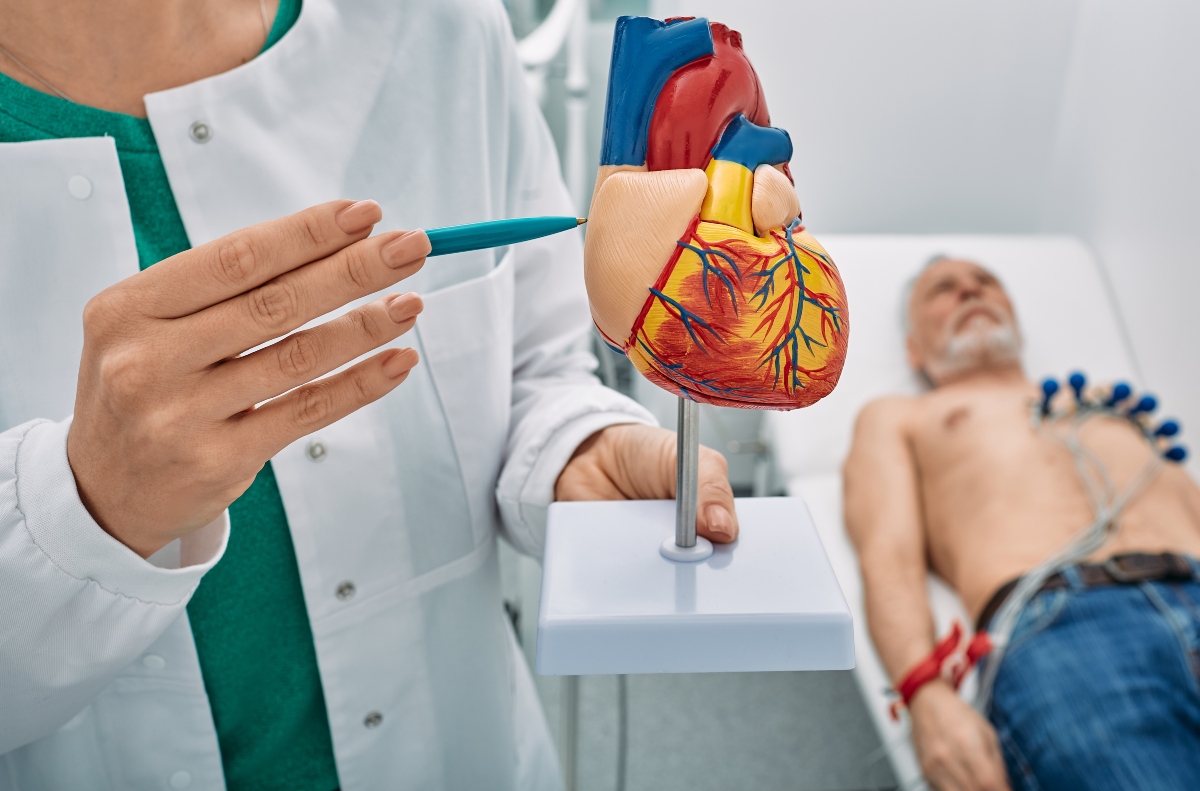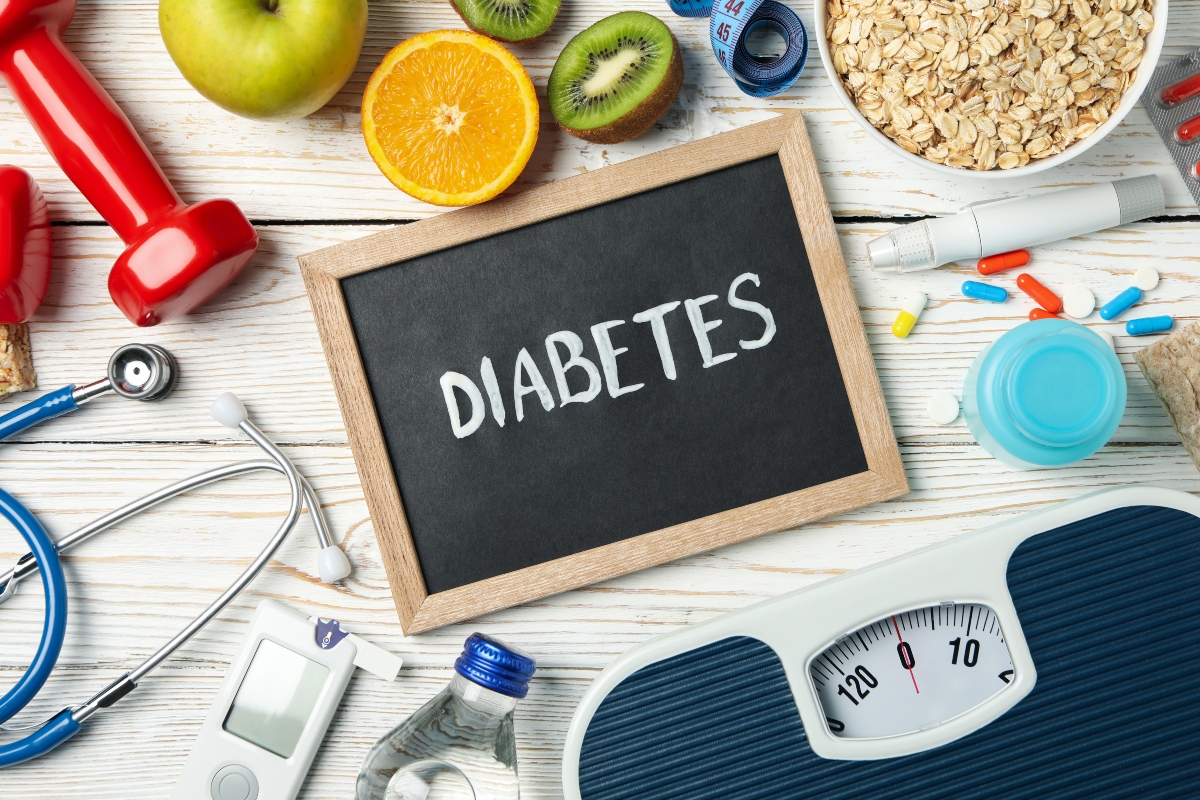The Latino community in Washington, D.C., faces unique health challenges due to socioeconomic factors, language barriers, and limited access to medical services.
The following are five predominant health problems in this community and effective strategies for their prevention.
1. Cardiovascular diseases

Heart disease is one of the leading causes of death among Latinos in the United States, according to the Centers for Disease Control (CDC).
Factors such as hypertension, obesity and diabetes increase this risk. To prevent these conditions, it is recommended.
Healthy eating: Adopt a diet rich in fruits, vegetables, whole grains and lean proteins. Reduce consumption of salt, saturated fats and added sugars.
Regular physical activity: Perform at least 150 minutes of moderate exercise per week, such as walking, swimming or dancing.
Periodic medical control: Regularly monitor blood pressure, cholesterol and blood glucose levels.
These measures help maintain a healthy heart and reduce the risk of cardiovascular disease.
2. Type 2 diabetes
The prevalence of type 2 diabetes is significant in the Latino community, influenced by genetic and lifestyle factors. To mitigate this risk.
Health education: Participate in community programs that provide information on nutrition and diabetes management.
Early detection: Regular blood glucose testing, especially if there is a family history of diabetes.
Early intervention and education are crucial for the prevention and effective management of diabetes.

Mental health
Problems such as anxiety, stress and depression are common in the Latino community in the Washington, D.C. metropolitan area. Factors such as discrimination, marginalization, and immigration status can exacerbate these problems. To address mental health.
Access to services: Utilize available resources that offer psychological and emotional support.
Support networks: Foster social connections and participate in community groups that provide emotional support.
Mental health care is essential for overall well-being and quality of life
4. Obesity
Obesity affects approximately 45% of the Latino population in the United States, increasing the risk of various chronic diseases. To combat obesity:
Healthy eating habits: Incorporate fiber-rich foods, such as fruits and vegetables, and limit consumption of processed foods and sugary beverages.
Physical activity: Participate in regular physical activities that you enjoy, such as sports or dance classes.
Adopting a healthy lifestyle is fundamental to prevent and manage obesity.

5. Limited access to health services
Barriers such as language and lack of health insurance make it difficult for the Latino community to access adequate health services. To improve this access.
Community clinics: Take advantage of clinics that offer free or low-cost services, regardless of immigration status.
Education programs: Participate in initiatives that inform about health rights and resources available in the community.
Removing these barriers is crucial to ensure equitable health care.
The importance of prevention
Prevention and management of these health problems require a comprehensive approach that includes education, access to services and community support.
It is essential that the Latino community in Washington, D.C., be informed and empowered to make healthy choices and access available resources to improve their overall well-being.
Find out more at QuéOnnda.com.























